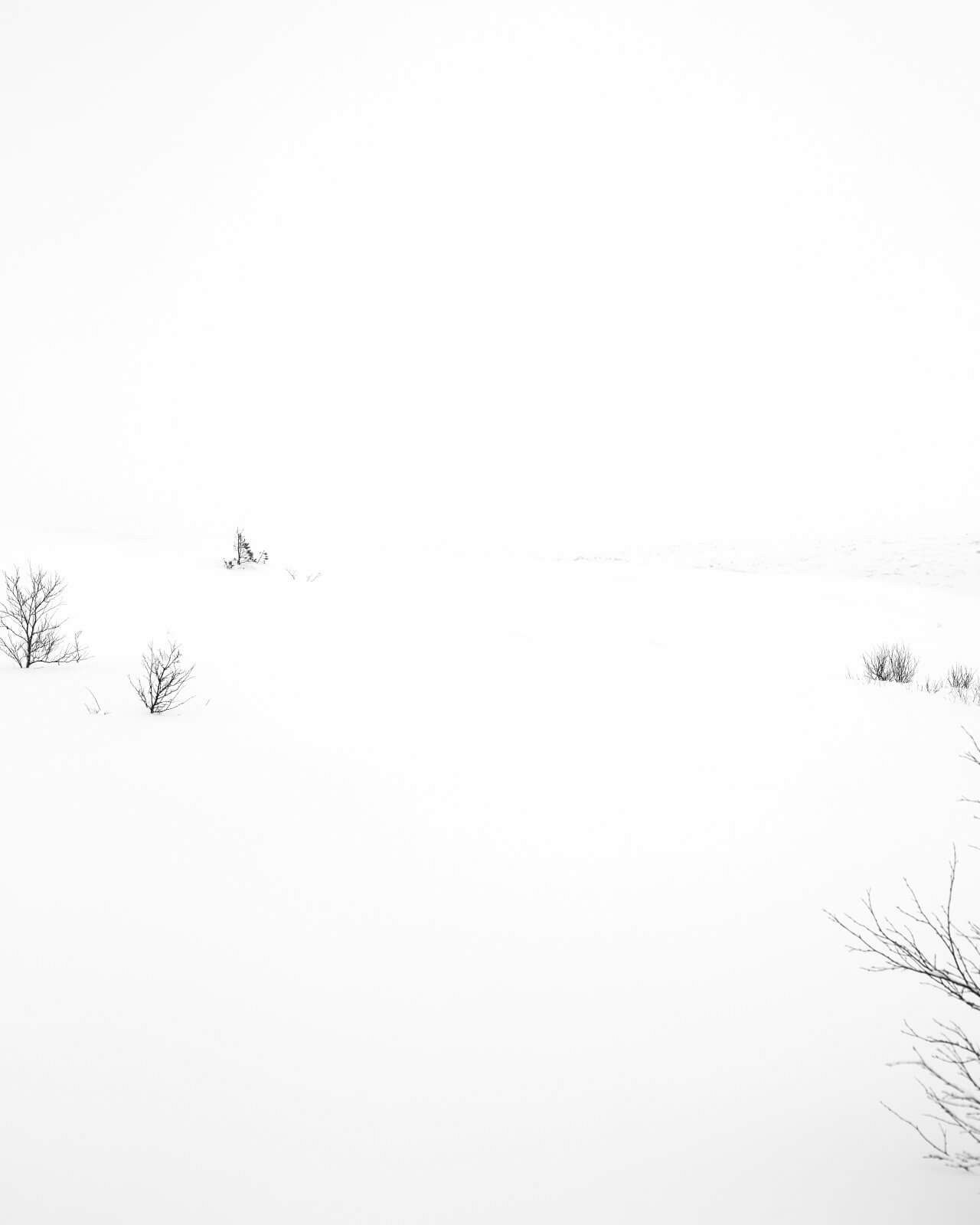
Kirsten Bosma
Internship: NOUA
kirstenbosma@gmail.com
www.kirstenbosma.com/
www.instagram.com/kirstenbosma/
In my practice, I explore hidden or invisible structures of power. Structures that are weaved into banal systems, geopolitical infrastructure and everyday human mass movement. My work positions itself in the realm of ‘aesthetic journalism’ — implying a critical use of documentary techniques and journalistic methods which can open up the mechanisms of art and media. It is thus research based, in depth and simultaneously speaking of real world topics as well as reflecting on the medium of photography. I pursues the desire to understand the complexities of power, in order to provide glimpses of comprehension. And this all, to increase the ability to engage, which is key to our democracy.
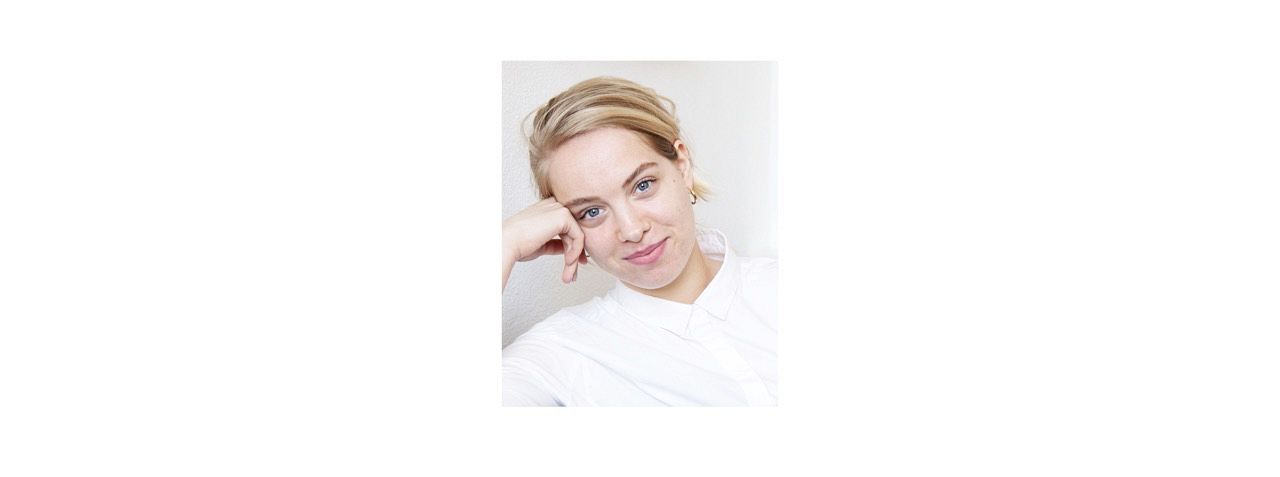
GRADUATION PROJECT
Imagine a conflict that is undeclared yet politically tangible. The structure and material remain unknown until it manifests. No human beings are injured and the enemy is not yet certain.
Throughout the past couple of years, Northern Norwegian territory has become the decor of shadow boxing, avoiding any direct engagement, between the East and the West. In Norway, as a NATO country and US ally, symbolic violence has increased through data jamming attacks on both military and security systems. According to RNTFND, “Norway can pass South Korea as the country most affected by deliberate jamming from the neighbour.” The abstraction of this contemporary battlefield, leaves room for mis- and disinformation and alternative truths which influence both personal and political standpoints throughout both the East and the West.
The two main information channels reporting on this conflict are ‘white papers’ and the media, or the ‘black box’. Although these channels seem paradoxical, they both project a present conflict happening on a landscape absent of physical violence; the Norwegian Arctic.
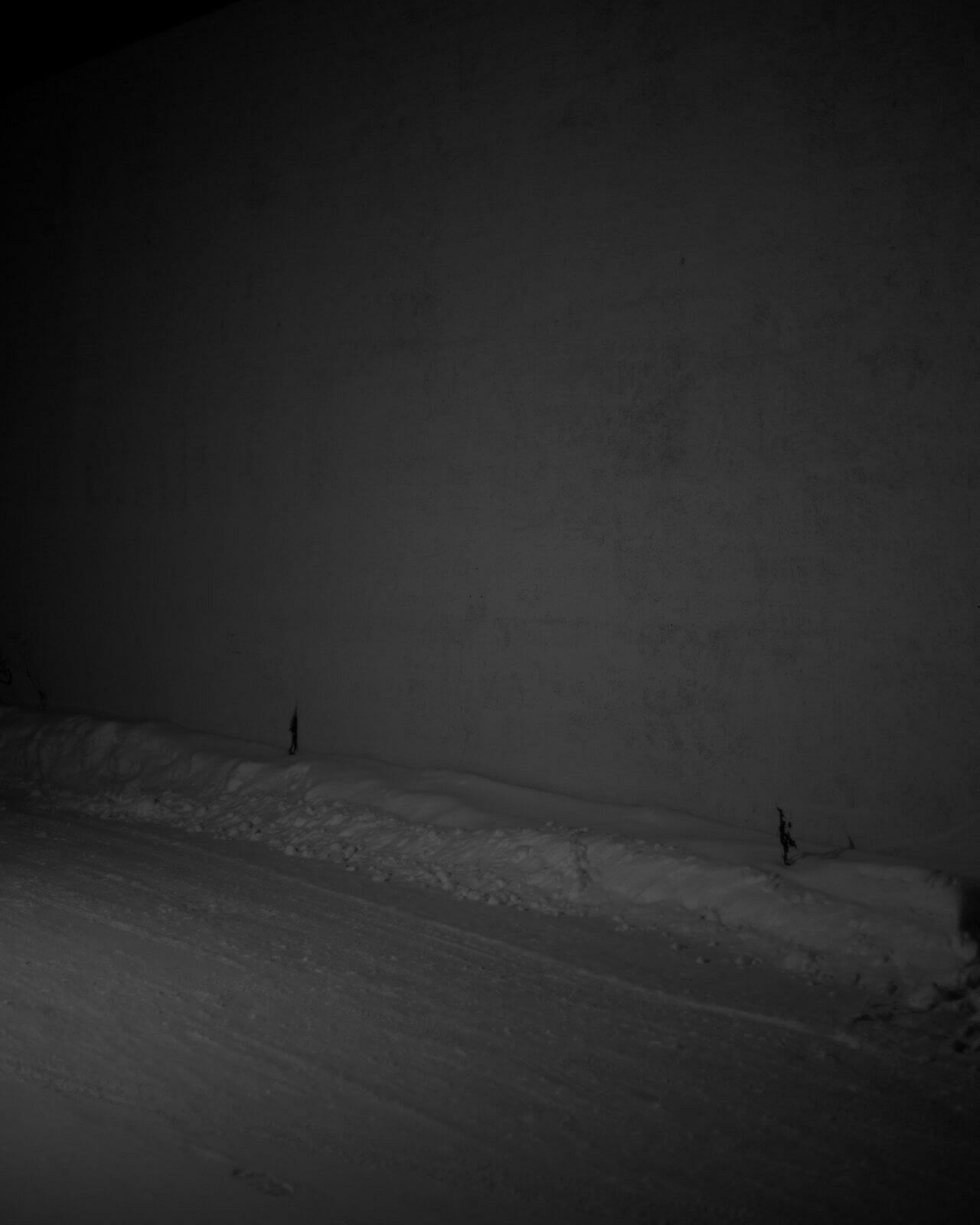
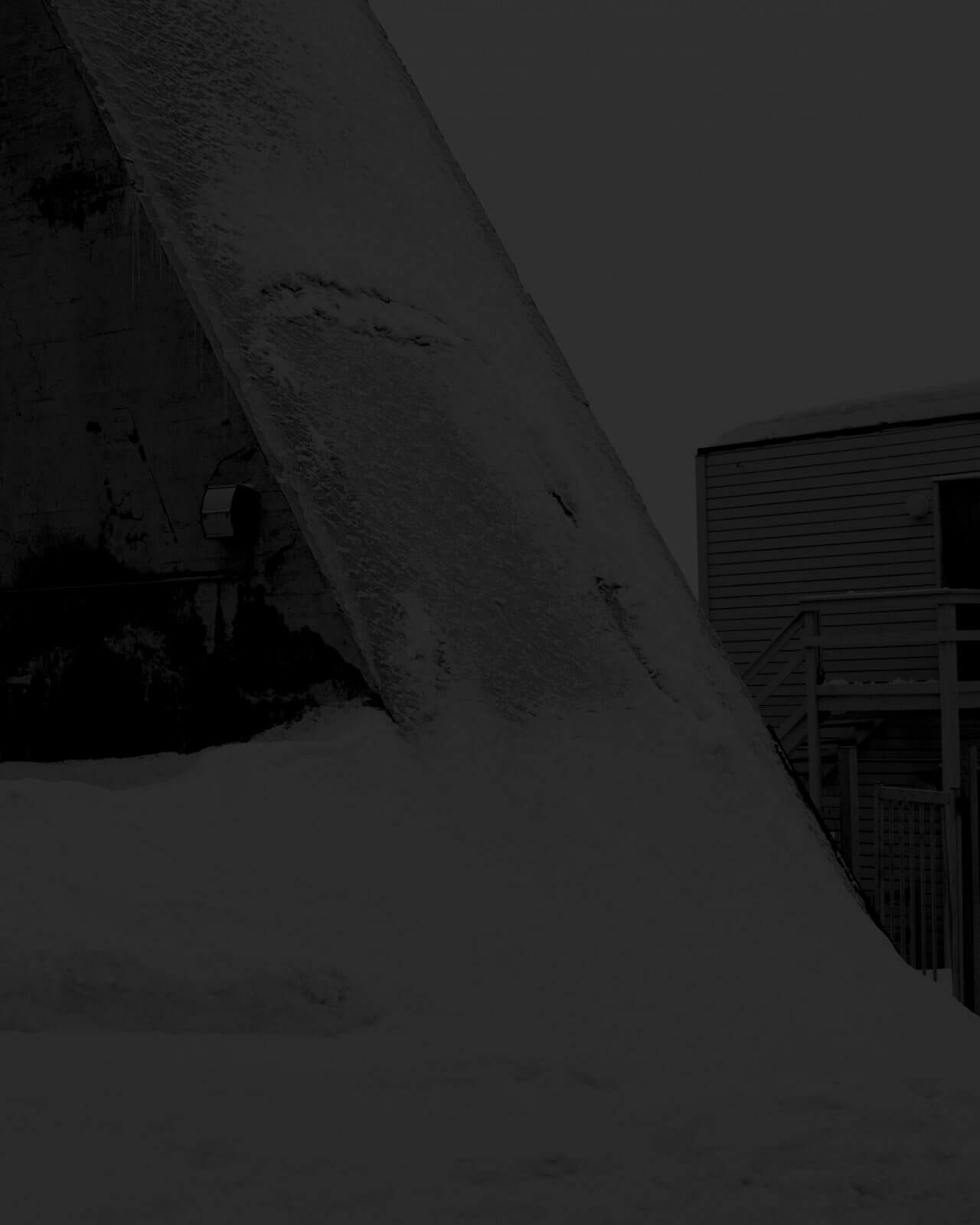
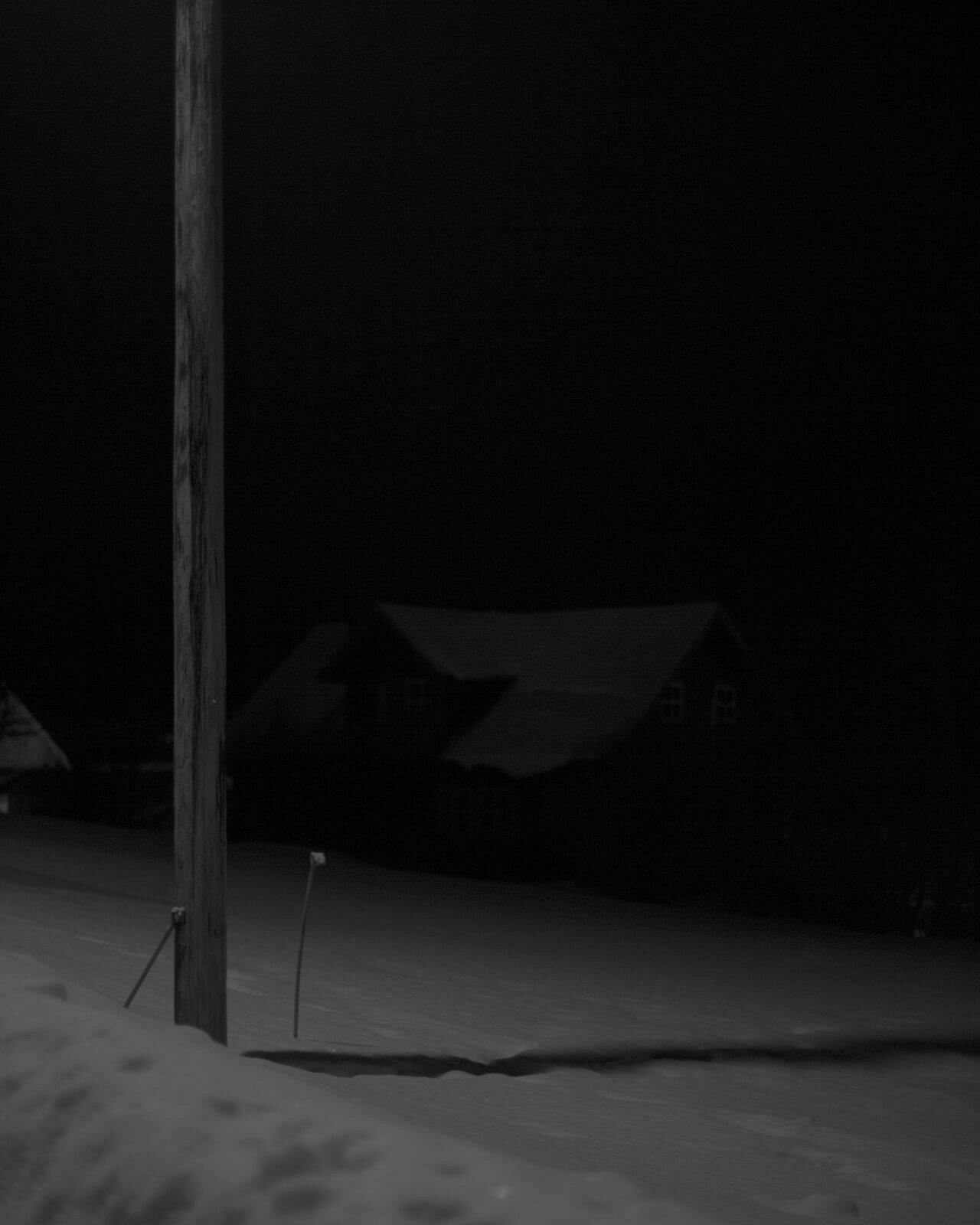

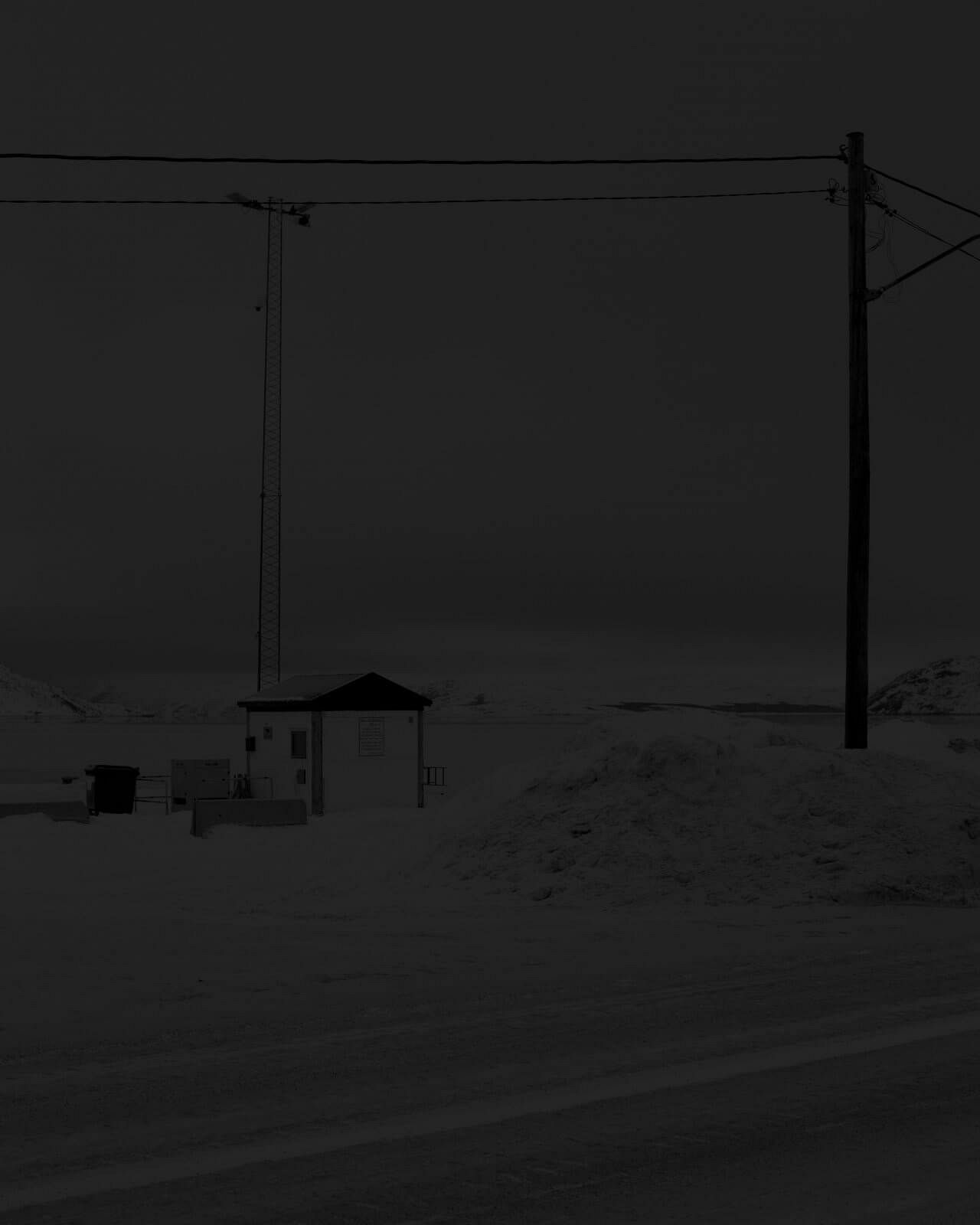


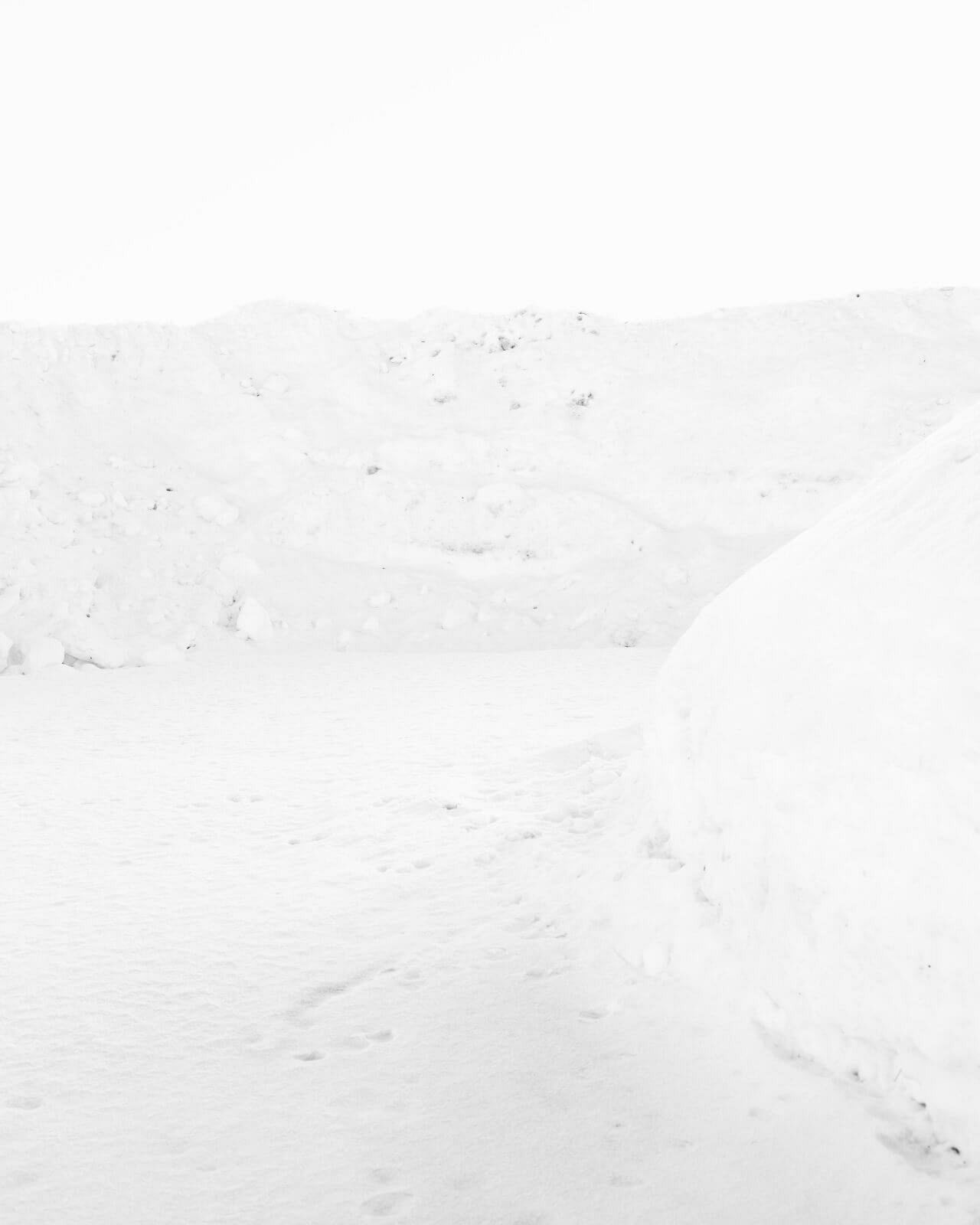
THESIS
THE PHOTOGRAPHIC MAPPING OF CONTEMPORARY WARFARE
Contemporary warfare is one of the global structures that is considered invisible. It is either veiled in banality, obscured by higher authorities or fully detached from the physical. These actualities wipe the reality of contemporary warfare from the frontline of our eyes causing people to be detached from violence that is in fact happening. Representing contemporary warfare is at the core of democracy, as democracy depends on engagement and engagement itself depends on visibility. It is therefore essential to bring that what seems invisible to the surface of the eyes.
It is through the development of new ways of visualising, representing and treating photographic material, one can provide a new visual language that speaks of contemporary warfare differently than is done in the tradition of war photography and journalism. Paradoxically, while in history Robert Capa’s theory of the essence of being close was valued, in contemporary spheres of warfare, the notion of distance — both in meters but also in data— is essential to get new insights and perspectives on contemporary warfare. Just like Russel Schweickart, that literally took approximately 384.400 kilometres from Earth, in order to understand the value this planet had to him. As Rune Peitersen points out: “Artist have a very important role in this world: we need to tell and reflect on things going on, and we need to develop vocabularies, ways of seeing things in different lights, to counter the hegemonic narratives of governments and of capital.” This is why the artist’s attempt to represent a tremendous and ever changing structure like that of contemporary warfare, is in my opinion already of value for our democracy.